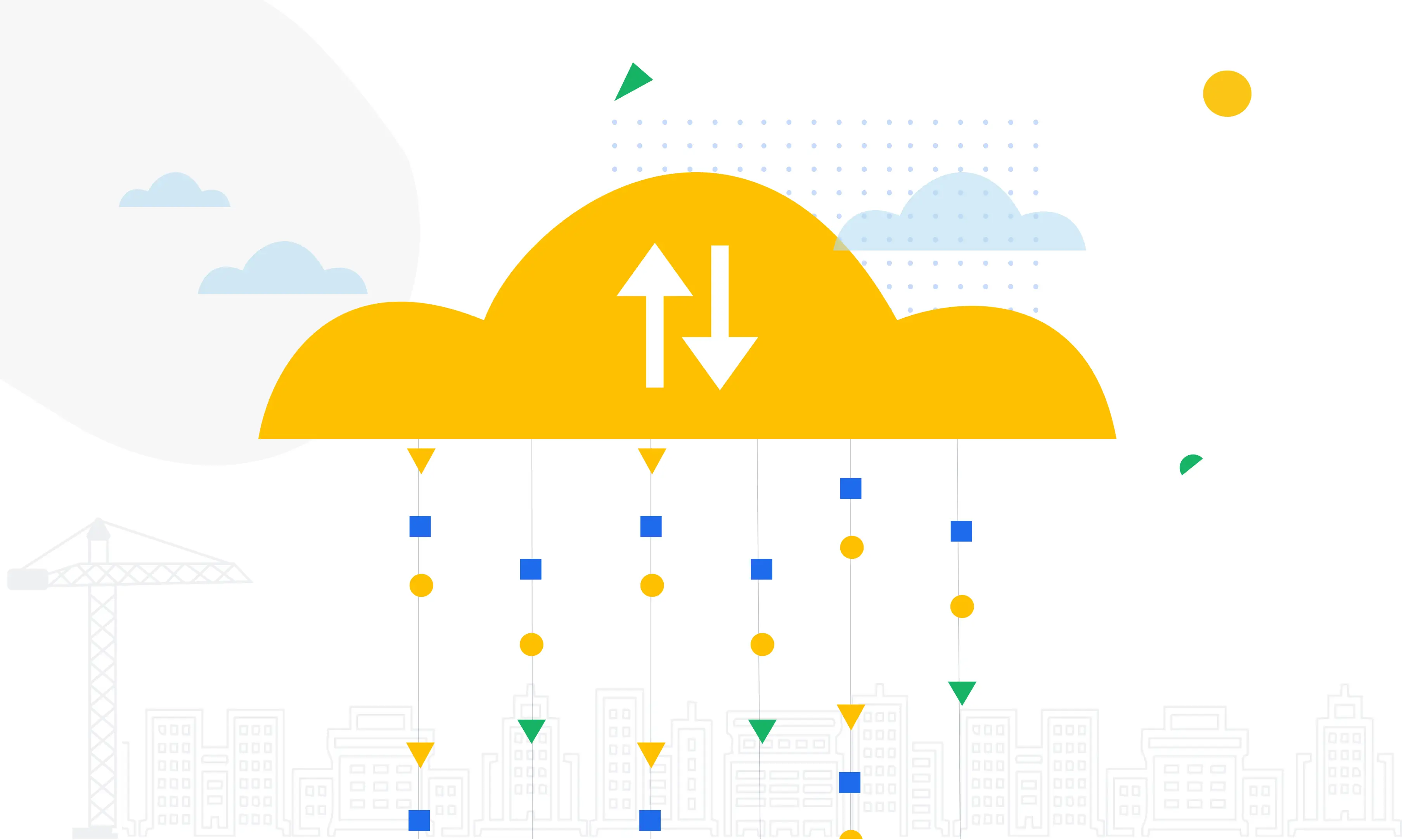
Cloud DR safeguards business applications, resources, and data during emergencies. Cloud disaster recovery protects valuable assets and keeps operations running smoothly for companies, even during unexpected events.
If there is a disaster, companies can keep working without problems by returning their data from the cloud. Also, these backups are highly scalable and can be adjusted according to the business needs.
Importance of having a Cloud Disaster Recovery
Most businesses depend on software and digital storage in today's digital era. However, many businesses are not ready to recover data or restore systems if an outage occurs. According to Uptime Institute's Global Data Center Survey Results 2023, 55% of the operators said they had an outage in the past three years. Another report by Forrester Research shows that 47% of the organization experienced a loss in productivity due to unplanned downtime.
Having a disaster recovery plan is essential for all businesses that rely on digital technologies, regardless of their size. It helps during power outages and ensures business continuity during system failures, natural disasters, human errors, etc.
Traditional Disaster Recovery vs Cloud Disaster Recovery
Traditional Disaster Recovery methods rely on on-premises solutions. These solutions are often costly and very difficult to maintain. For instance, you can copy the data to another data center and retrieve it in case of a disaster. Some of these factors include:
- Additional facility: We need an additional facility to house all the elements of the secondary site, such as the servers.
- Manpower: The facility requires staff to man it and look after it.
- Cost: You need a bigger initial investment, and you will have to spend more to keep things running smoothly.
- Scalability: Its a bit rigid when it comes to adjusting resources. If your business needs change, scaling up or down isnt as straightforward.
These are some of the reasons that make traditional disaster recovery highly costly and complex. Cloud disaster recovery is a cost-effective and effortless solution with no maintenance costs and is extremely user-friendly. Some of its features include:
- Cost-Friendly: Cloud disaster recovery is cost-effective and easily affordable because it doesn't require extra sites, manpower, or infrastructure.
- Highly Scalable: Cloud disaster recovery scales with ease, Adapting accordingly to your business demands without ceasing.
- Adaptability: Can easily adapt to any changes and business requirements and can automate manual processes.
- Simplicity: Cloud disaster recovery often comes as a SaaS solution, making it user-friendly and quick to deploy.
Key Components of Cloud Disaster Recovery
- Recovery Point Objective (RPO): The maximum age of files that must be recovered from backup storage for normal operations to resume.
- Recovery Time Objective (RTO): The maximum amount of time that a system can be down after a disaster before the business is significantly impacted.
- Failover: The process of switching to a redundant or standby system upon the failure of the currently active system.
- Failback: The process of returning to the original system or location after a disaster recovery event.
For more information regarding RPO and RTO, read our detailed blog.
Cloud Disaster Recovery Planning
A successful Cloud Disaster Recovery strategy involves careful planning and consideration of the following aspects:
- Risk Assessment: Identifying potential threats and their impact on business operations.
- DR Plan Development: Creating a detailed action plan for responding to a disaster, including roles, responsibilities, and procedures.
- Solution Selection: Choosing the correct cloud provider and disaster recovery solutions that meet the organization's RPO and RTO needs.
- Testing and Maintenance: Test and update the DR plan often to ensure it works and reflects changes in the business environment.
Challenges and Aspects
While Cloud Disaster Recovery offers numerous advantages, there are also challenges to consider:
- Privacy: Ensuring the security and privacy of sensitive data in the cloud.
- Compliance: Meeting regulatory requirements for data protection and disaster recovery.
- Bandwidth: Having sufficient bandwidth to transfer large amounts of data to and from the cloud.
- Vendor Lock-in: Avoiding dependency on a single cloud provider for DR services.
Wanclouds Innovative Approach to Cloud Disaster Recovery
Wanclouds offers a disaster recovery as a service that allows you to easily back up your data in multiple clouds. This service helps reduce costs and prevents you from relying on just one vendor. The service utilizes the VPC+ platform, offering a centralized solution for managing multi-cloud environments.
Customers can save all their VPC resources, like network, compute, storage, and Kubernetes and OpenShift clusters. You can use these backups in various regions and clouds such as AWS, Google Cloud, and IBM Cloud. This will help ensure that your business continues to operate during disasters or threats.
To get started, you can visit our website or email sales@wanclouds.net to contact one of our sales representatives.
Join our newsletter
Sign up for the latest news about Wanclouds.